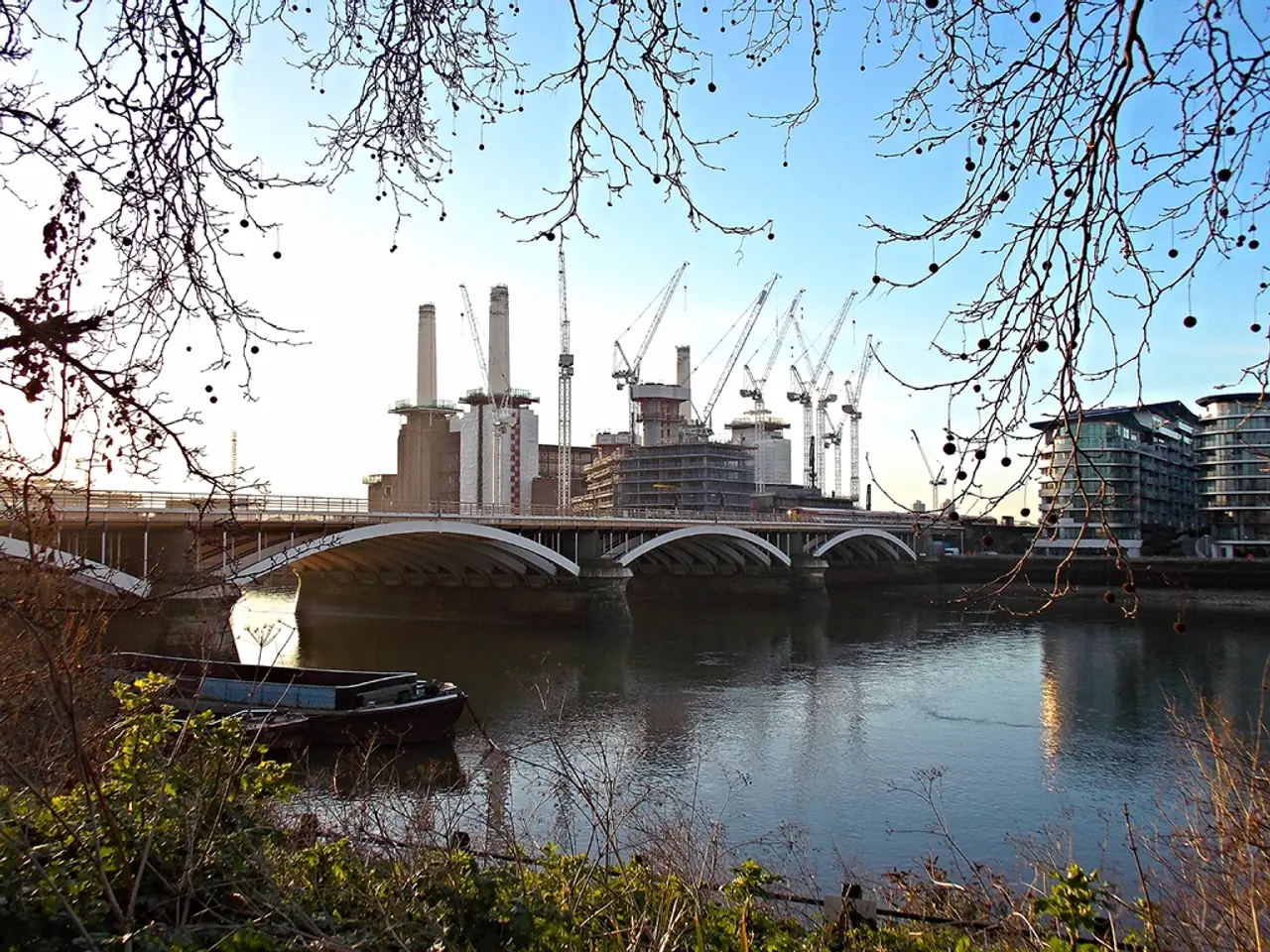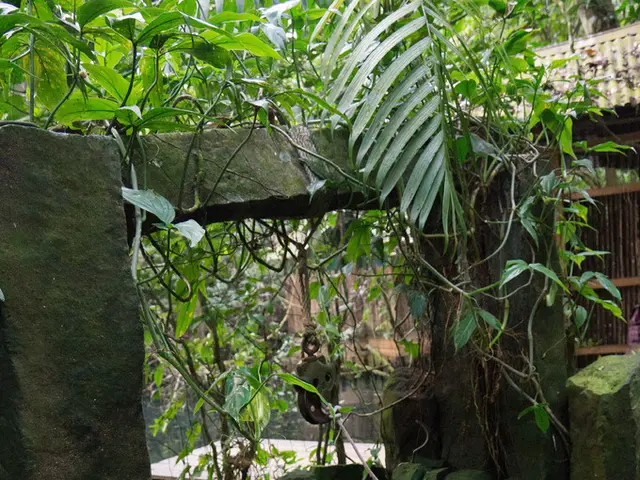Connecticut and Rhode Island seek court order to reactivate Revolution Wind project
In a series of unexpected developments, the Trump administration has issued a stop work order for two major offshore wind projects in the United States, causing uncertainty and potential financial losses for the involved parties.
The Revolution Wind project, a joint venture between Ørsted and Global Infrastructure Partners, is a 700-MW offshore wind farm that is 80% complete. The project, set to supply energy to Connecticut and Rhode Island, has been halted due to the Trump administration's reevaluation, following a Jan. 21 executive order that mandated a halt on new offshore wind construction and a review of existing construction.
The states argue that the project is 'real, fully permitted, and nearly complete,' with approximately 80% of the work done, all offshore foundations installed, and around 70% of its turbines ready. However, the Trump administration argues that it has the authority to revisit permits for offshore wind projects.
The halt has led Ørsted to announce a rights issue to raise $9.4 billion, citing the need to strengthen the company's capital structure. The collapse of the Revolution Wind project would mean the 'significant time and money the States spent identifying, selecting, and authorizing Revolution Wind would be wasted and additional time and ratepayer money will be spent to find a replacement.'
The Maryland Offshore Wind project, owned by US Wind, has also been affected. The Bureau of Ocean Energy Management has filed to revoke its approval of the construction and operations plan, citing an error in the weighing of certain statutory factors, including underestimation of impacts to search and rescue operations and commercial fisheries.
The Trump administration's opposition to the injunction request for the Revolution Wind project argues that the Secretary's authority for continued oversight is not eliminated by prior approval. The attorneys general for Connecticut and Rhode Island have requested an injunction to lift the stop work order.
The wind farm's construction was set to wrap up in 2026. The supportive infrastructure is also far along, with 90% of physical construction at the mainland interconnection site 'substantially completed,' one of two offshore wind utility substations installed, and 84 out of 85 miles of utility export cable installed.
The Maryland Public Service Commission announced on September 12 the revision of the construction and operation of the 2.2-GW Maryland Offshore Wind Project. The project's delay beyond September 22, 2025, could imperil the entire project and threaten unsustainable losses for Ørsted.
New England ISO, which operates the grid, has said it was expecting the Revolution Wind project to come online and 'it is included in our analyses of near-term and future grid reliability.' The implications of the halt on multiple ongoing offshore wind projects remain to be seen.








